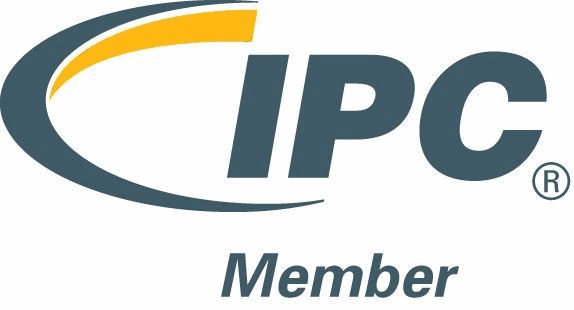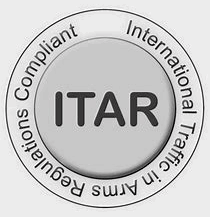A manufacturer’s worst fears come to fruition when they receive their PCB assembly orders only to find that a defect prevents the assembly from functioning properly. Common assembly issues are not merely frustrating— the time it takes to return faulty PCB assemblies will delay production, ultimately resulting in considerable costs.
While many of these common issues can be mitigated through practices like design for manufacturing, PCB testing is required for complete quality confidence. Discover some of the more common PCB assembly defects below, along with the testing processes used to verify assembly quality.
Head in Pillow Defects
A head in pillow defect (HIP) is an assembly defect linked to the soldering process. The name “ head in pillow” originated because the soldering defect often appears to look like a head resting on a pillow.
These defects can result for a few different reasons, such as surface oxidation or distortion occurring during the soldering process. The use of lead-free solder has been shown to be more prone to these warping defects, because head in pillow issues are linked with high processing temperatures and lead-free solder requires significantly more heat during assembly than other materials.
The greatest concern related to head in pillow defects is poor PCB assembly connections. Because head in pillow defects typically occur within a PCB assembly, these issues can’t be found with the naked eye, so x-ray testing is employed to address quality concerns.
Non Wet Open Defects
If you are acquainted with head in pillow defects, non wet open defects will be familiar to you as well. Like head in pillow defects, non wet open defects is ultimately a soldering issue. When these defects occur, it will appear as though there is no wetting or soldering on the PCB assembly, resulting in poor electrical connections. Like head in pillow defects, non wet open defects are particularly difficult to spot, so an x-ray is needed to locate this type of internal issue.
QFN Voids
From small size to great thermal qualities, there are a wide range of benefits which make QFN options ideal for PCB assembly. The problem with soldering QFN packages is that the SMT reflow process can cause solder bridging or un-solders. Because it is virtually impossible to catch these defects before final PCB testing, it is recommended that all projects involving QFN receive thorough x-ray testing before assemblies are sent back to customers.
ESD Damage
ESD is also known as electro-static discharge. This defect will cause continual damages to printed circuit boards and their connected electronic components, deteriorating end-products over time. Luckily, there are two ESD testing methods: the air method and the contact method. These tests work to remove any excess static electricity from PCB assemblies.
Pad Lifting
Pad lifting is caused by thermal issues that arise during assembly. When temperature is applied to the adhesion material of PCB components, it can reduce the efficacy of the adhesion process, which becomes a larger issue if any force disrupts PCB components, resulting in pad lifting. While care during assembly is key for avoiding pad lifting, testing helps to ensure no pad lifting defects are missed before assemblies are shipped to customers.
Our PCB Testing Services
The common PCB issues and defects previously mentioned can have dire consequences for a printed circuit board assembly, which is why it is so important to entrust your projects to a company with proper testing procedures in place. At MPL, we maintain fully functional testing equipment and employ experienced equipment operators to ensure customer satisfaction is the outcome of every order. Choose quality PCB assemblies— contact MPL today!




